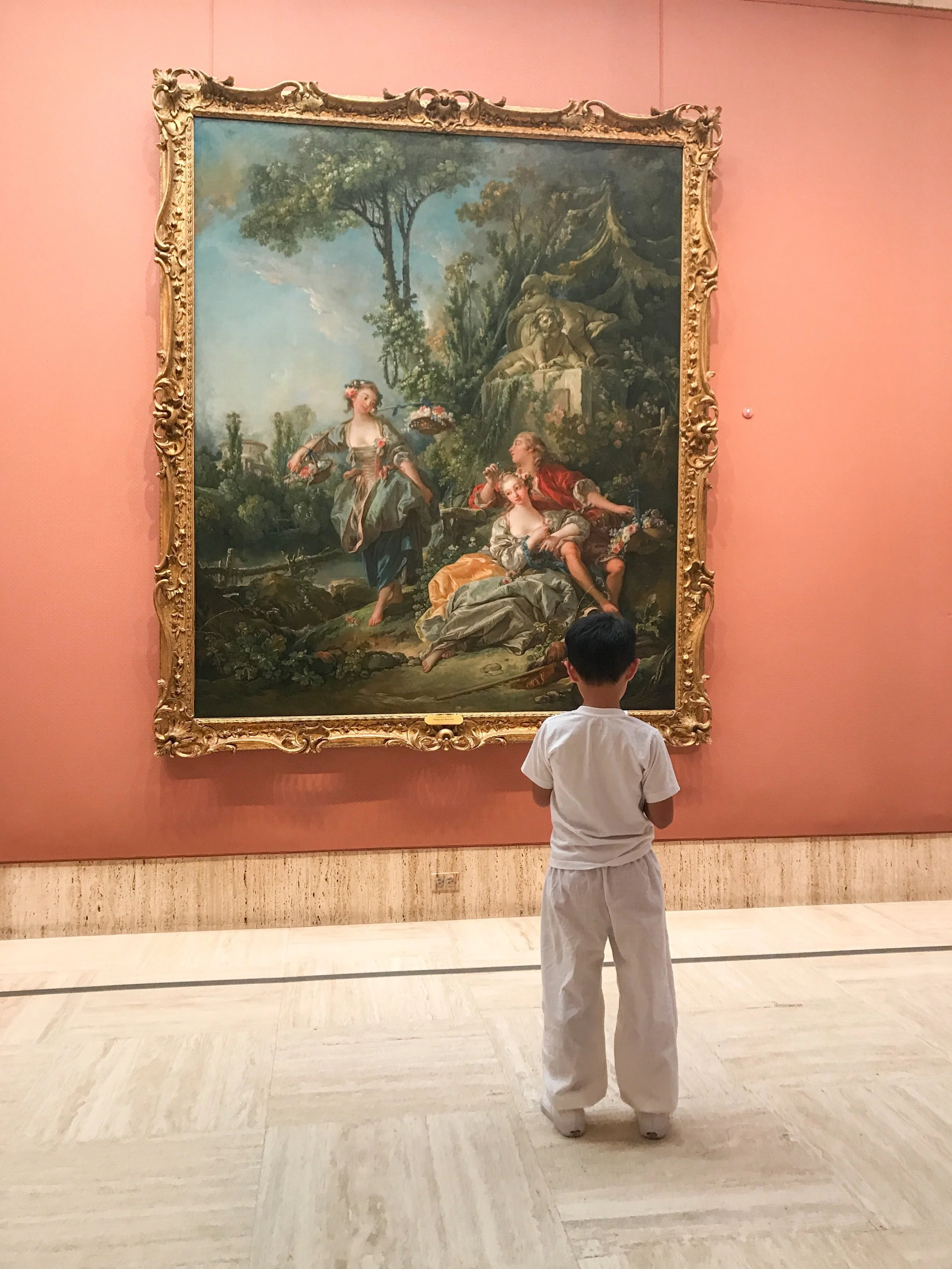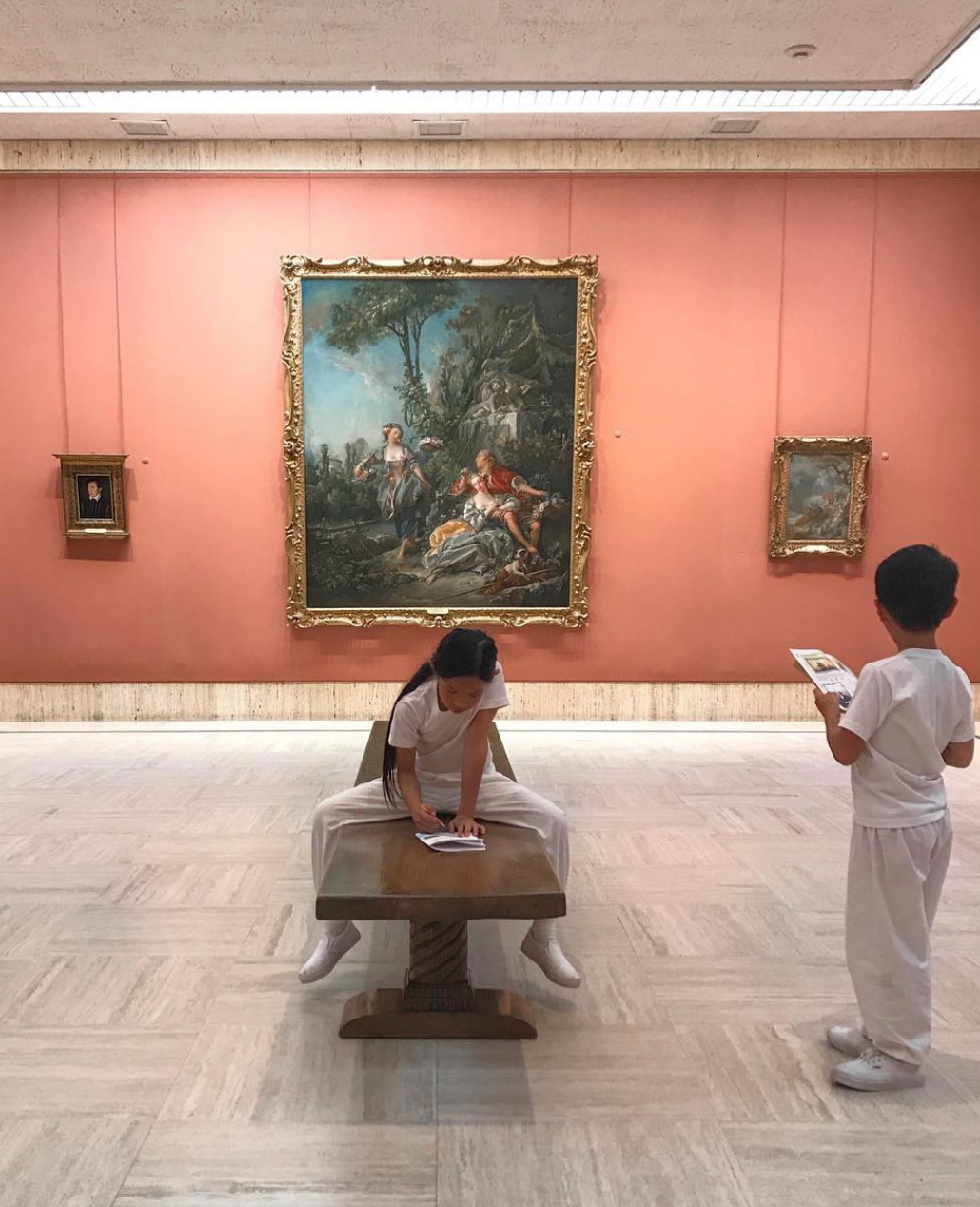uncommon appreciation
Every notification is a possible interaction opportunity, so every time we feed to that, we experience a dopamine boost, which ultimately recharges our addictive nature to social media. According to the Center for Parenting Education, It’s estimated that kids and teens between the ages of 8 to 28 spend about 44.5 hours each week in front of digital screens. As our generation moves forward, technology and social media will be more normalized, especially with parenting – which will negatively affect the way children view what life has to offer.
At almost every restaurant, salon, and doctor’s office, I see children being consumed by differing technological devices, feeding for temporary pleasure. As I was walking across Balboa park, what seemed to be two young siblings dressed in all white caught my attention. I turned to my friend and I pointed at the young girl who was reading a book and I said, “I want that to be what my daughter is like.” So seeing these two high-spirited siblings, running around Balboa’s art museum with genuine intrigue and excitement to learn was truly surprising and interesting to me. The young boy and girl are seen holding pamphlets instead of iPads and observing the art pieces without the pressure or “forcing nature” of an adult telling them to do so.
As the young girl was sitting on the bench, she seemed to be working on an activity in her book related to the art surrounding her. Her brother to her right appeared to be trying to find the similarities and differences the three art pieces have in common with each other. It makes me sad to consider these kids’ inspirations because they are simply reading a book and looking at art. In today’s society, it is uncommon for someone to do this in the first place; let alone without doing it through a portal in their hands.

